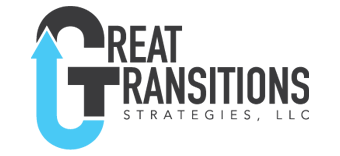Measure the wrong thing and guess what? You get the wrong results. Want to get the right information? Ask the people closest to the work what you should be assessing.
Starbucks in 2017 put priorities on drive-thru service to the detriment of in-store service, and full staffing. Here is how one employee characterized a store meeting to Business insider on Starbucks solution to the problem:
… the employee left the meeting infuriated, feeling that Starbucks was forcing baristas to take responsibility for customer-service problems caused by other issues like understaffed stores, an increasing demand from mobile and drive-thru orders, and time-intensive drinks. In the meeting, he said, Starbucks essentially ordered employees to find a way to improve the customer experience — or quit the company.
What was being measured? How much do you think the workers’ view differed from corporate’s on what should be measured?
Considerations for Taking Stock
Do you assess the performance of your organization regularly? What are you measuring? How are you measuring it and at what frequency?
Monthly is a typical place. It allows you to look at what has passed and apply the lessons for the upcoming month. Use your organization as a case study for the current month.
Go to day 1 of the month and consider the big goals you set for this year. Calculate that each month is 8% of the year. What portion of the year is complete? For example, on March 1, sixteen percent of the year is complete. Now put a stake in the ground and state where you are in relation to your goal; 10, 15, 21, 28%.
In the early stages of the year all progress can feel small in relation to 100%, the distance yet to go.
Consideration 1: Present your current state of progress from multiple perspectives. Progress made and progress to go. A look behind you at the distance traveled and obstacles overcome is valuable data. It can be enlightening and have milestones worth celebrating.
What are the metrics you are using? Objective metrics such as; number of units shipped, revenue, growth from last month or year, new orders, the number of clients, are typical measures. Are they the right metrics to tell the story you are looking for? How would the story change if you used subjective or qualitative measures?
What if quantitative metrics showed significant increases in production and revenue with qualitative data indicating decreased employee engagement and job satisfaction?
Consideration 2: Regularly examine the metrics you are using and evaluate how qualitative data might change the story. To measure leadership and culture requires measuring intangibles.
What is the frequency of measuring your initiatives? Does every initiative require the same frequency? New initiatives, changes, and modifications may require more frequent scrutiny than well-established processes.
Prototyping or proof of concepts may be better suited to evaluating in “Sprints”. “Sprints” are the Agile program management technique that requires evaluation of progress in short intervals.
Consideration 3: Set your metrics at intervals that make sense for the operation. Be flexible and ready to change as directed by the environment.
Regularly assessing performance is an important leadership competency. How often have you considered assessing how you are assessing? What you measure and how you measure it affects the story.






